
Active Matter
Model-Free Measurement of Local Entropy Production and Extractable Work in Active Matter

Model-Free Measurement of Local Entropy Production and Extractable Work in Active Matter

Numerical test of the Edwards conjecture shows that all packings are equally probable at jamming
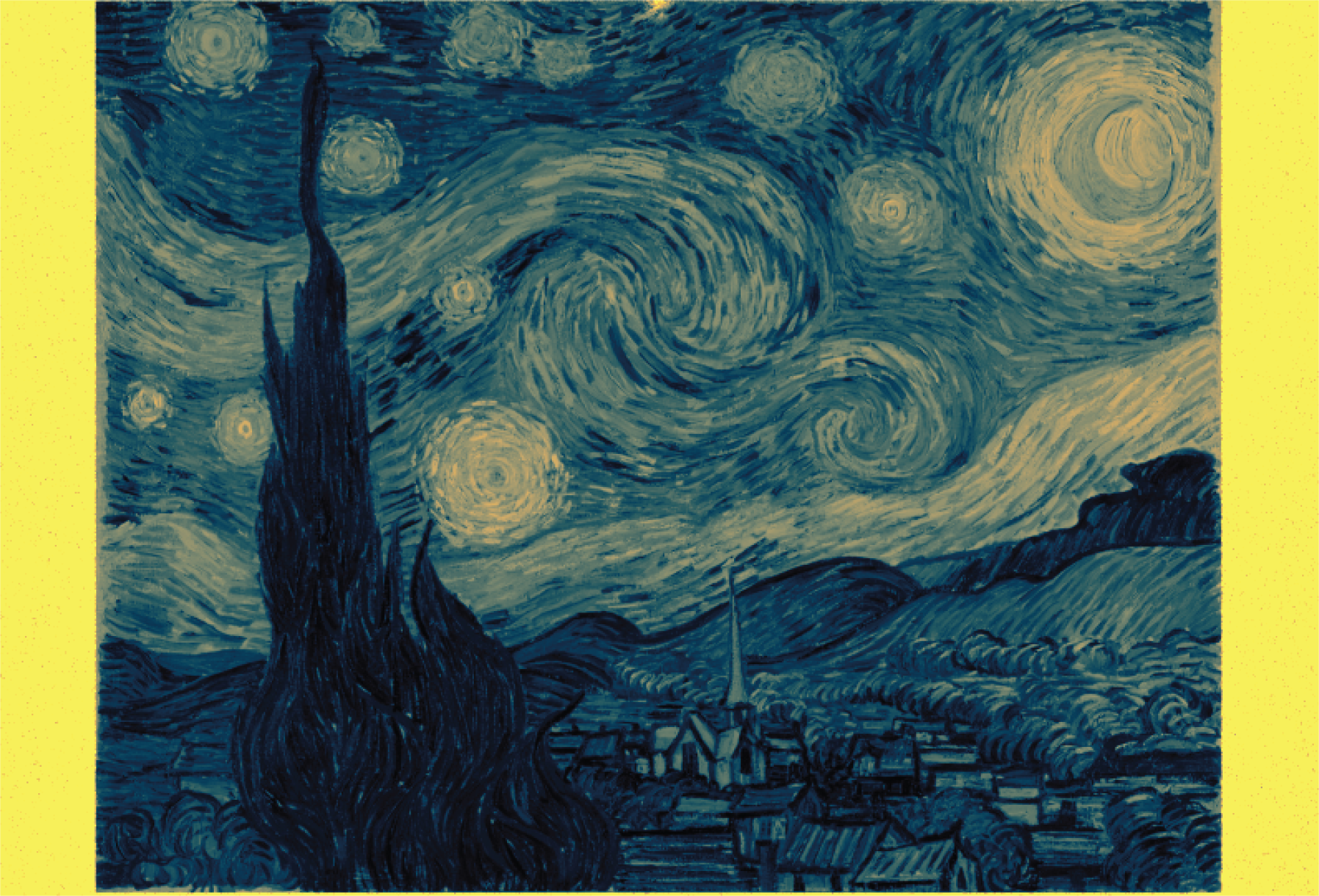
Fast Generation of Spectrally-Shaped Disorder

Element-wise and recursive solutions for the power spectral density of biological stochastic dynamical systems at fixed points
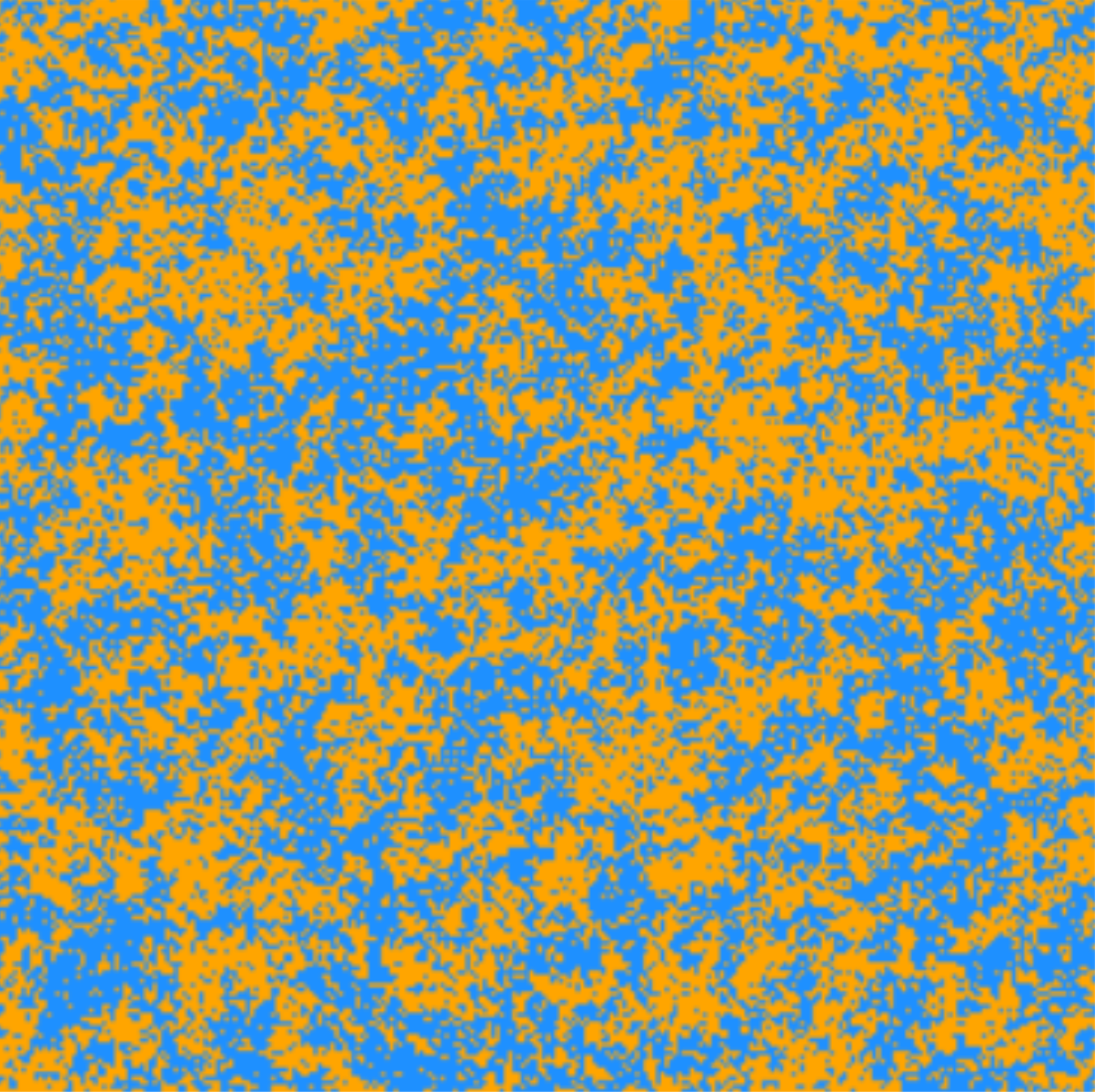
Correlation Lengths in the Language of Computable Information
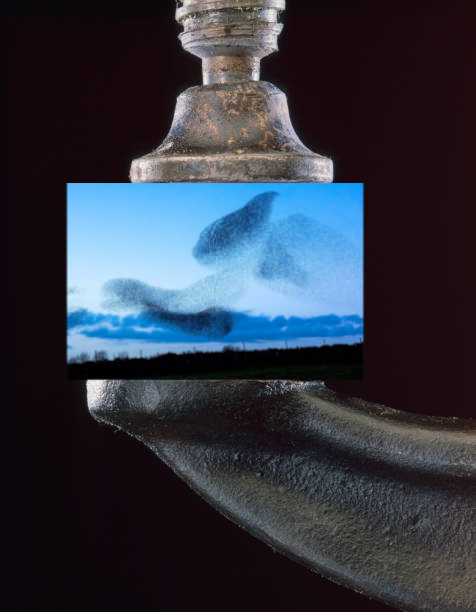
Quantifying Hidden Order out of Equilibrium
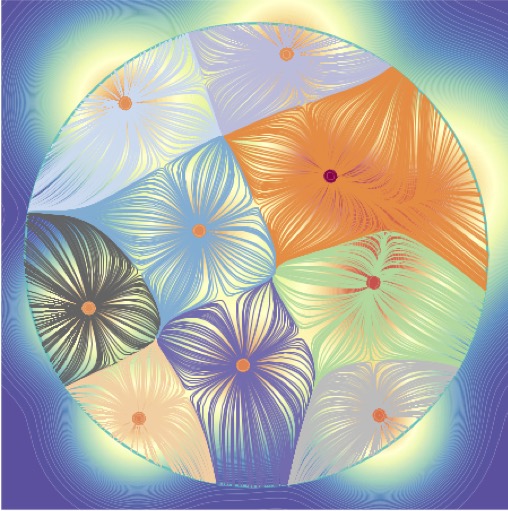
When you can't count, sample! Computable entropies beyond equilibrium from basin volumes
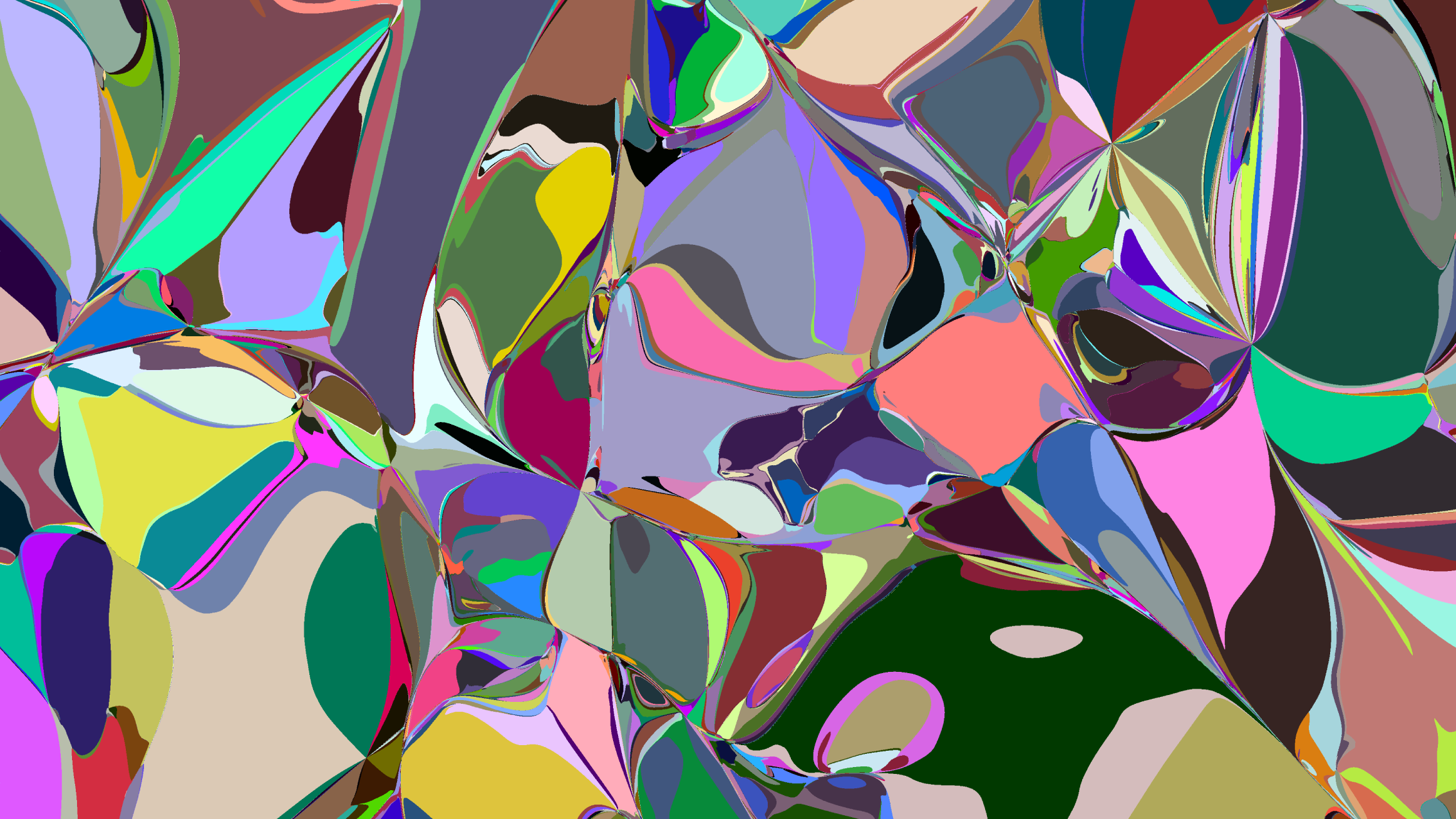
Structural analysis of high-dimensional basins of attraction

Superposition Enhanced Nested Sampling
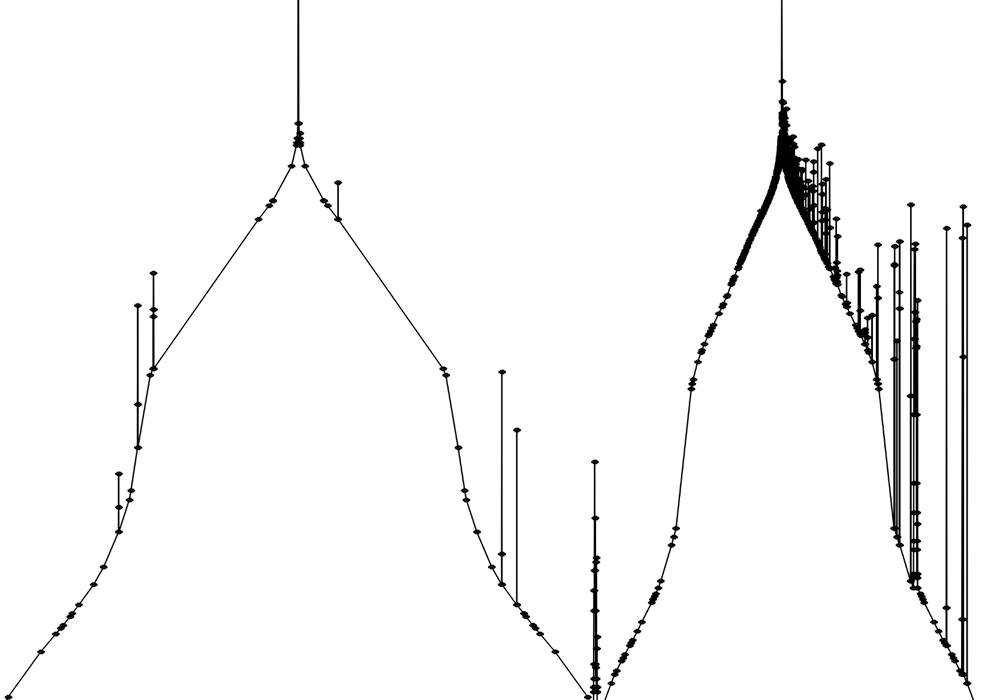
Predicting and Interpreting Protein Developability via Transfer of Convolutional Sequence Representation
We are a team of problem solvers dedicated to discovering the fundamental principles governing the behaviour of both natural and artificial systems through the development of new mathematical and computational approaches to characterize/engineer order, function, and learning in complex systems.
Our team is composed of theoretical physicists, applied mathematicians, and theoretical chemists doing true interdisciplinary theoretical research. We seek to answer questions like: What is the mechanism by which cortical areas in the brain communicate? Can we engineer disorder in material systems to tune their function? What is the basic mechanisms by which stochastic optimization leads to optimal solutions in machine learning and statistical physics models? How can we extend thermodynamic concepts to systems far from equilibrium? How can we learn a representation of chemical space that rivals the representational capacity of machine learning models for language and vision?
We have introduced computational and theoretical frameworks that revealed striking regularities in physical systems for which one would expect none, and that enabled us to answer questions that could have never been approached with existing techniques. While we relish mathematical and computational sophistication, we are visual thinkers seeking ever simpler representations of complex concepts, and more intutive approaches to solving difficult problems.